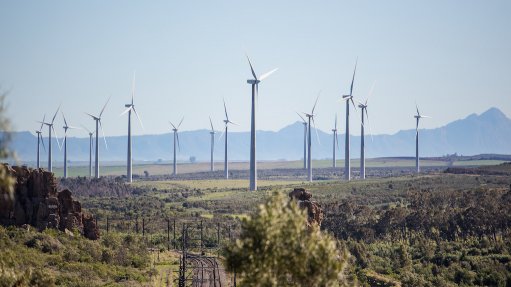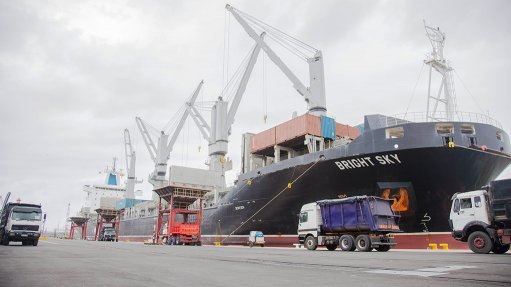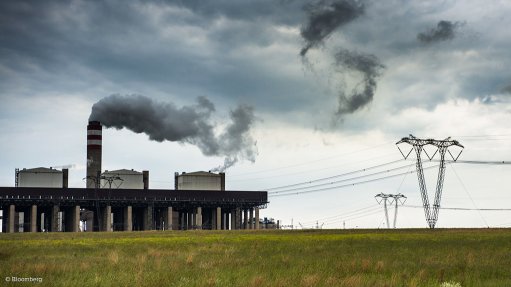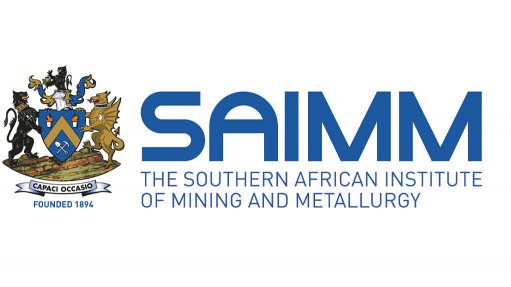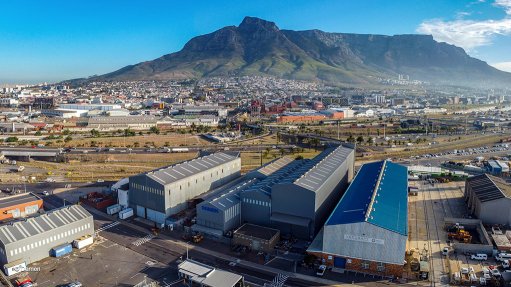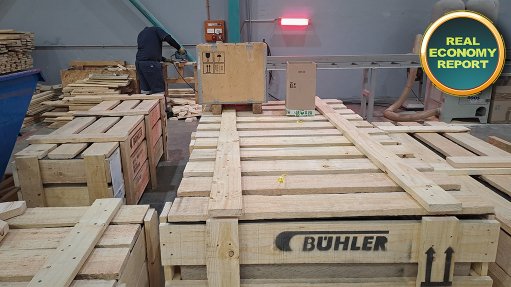Successful integration of the S into ESG in the SA context
This article has been supplied by the author and has not been written or solicited by Creamer Media. It may be available only for a limited time on this website.
By; Tshikululu is South Africa’s leading social investment fund manager and advisor
Environmental, Social and Governance (ESG) is increasingly being adopted by businesses in South Africa as a framework to measure and report on sustainability. Globally, ESG is considered by some to have a bias towards the environmental, with frameworks and reporting prioritising the “E”. However, the need for a Just Transition puts the relationship between the “E” and the “S” starkly into focus in the South African context. Prioritising environmental concerns without meaningfully addressing social issues is a recipe for disaster in a country where many communities depend on industries like mining for survival.
Grappling with the “S” is especially critical in South Africa’s profoundly unequal society, and here – as in other developing countries – the sole prioritisation of the “E” in ESG measurement and reporting is insufficient. This is not to underplay the seriousness of climate change, but to contextualise social factors as fundamentally interconnected with the environment in ways that may be less visible in developed countries. As the Sanlam 2023 ESG Barometer notes, “climate change is clearly a prominent international concern that affects people everywhere, but many social measures are focused within domestic environments and don’t easily translate into the decision frameworks of developed world investors.”
The importance of the “S” is being increasingly recognised. The Stanford Social Innovation and Review (SSIR) argues for social factors to be treated as seriously as environmental ones within ESG, and a Intellidex survey of 21 JSE-listed companies found that one of the top reasons for having an ESG strategy was “to achieve a positive impact in society” and that “respondents generally perceive social aspects of ESG to be the most relevant in their overall corporate ESG strategies.”
Despite its importance, however, defining and measuring the “S” is a global challenge. BNP Paribas found that 51% of respondents in its 2021 Global ESG Survey considered social factors to be the most challenging to analyse and integrate, highlighting that “data is more difficult to come by and there is an acute lack of standardisation around social metrics”, while also noting that the social component is increasingly important to investors. Locally, research by Accenture and Harambee in 2023 into perspectives on the “S” in South Africa found that corporates focus mainly on the internal aspects of the S, and find it difficult to measure and quantify elements beyond that, while NGOs similarly find the “S” too “broad and elusive”, lacking clear metrics.
With this in mind, we see three key steps that must be taken for meaningful integration of the S in South Africa:
1. Standardisation and quantification of the S: Standardisation and clear metrics are needed for S reporting to be elevated within ESG. The SSIR makes the case that metrics should be developed comparable to those that have been created for environmental impact, which was also once thought to be difficult to measure. In many ways, South Africa is ahead of the game when it comes to the social aspects of ESG, as corporate investment in society has long been mandated through channels such as corporate social investment (CSI), socio-economic development (SED), and broad-based benefit vehicles such as community trusts. This makes us well-positioned to influence global standards and play a leading role in creating and disseminating frameworks that are appropriate for our socio-economic context and that of other developing countries.
2. Data-sharing and collaboration: Systemic social challenges can only be addressed through strong partnerships among diverse stakeholders. At the same time, working towards full integration of the “S” through standardisation and improved measurement relies on a shared willingness to report on social impact data consistently, and work alongside other stakeholders to contribute to shared standards.
3. Taking a strategic approach to positive social impact: The traditional ESG paradigm is primarily focused on material risk, while ESG additionality prioritises “adding to the stock of ESG good in the world, rather than merely improving a portfolio’s relative ESG compliance by screening out exposures.” Investing in the “S” with a view to achieving positive social impact requires clear strategy and investment in capacity for impact management and measurement (IMM). Taking a strategic approach, coupled with the ability to measure and report on success effectively, supports individual corporate efforts while also contributing to the larger project of elevating the “S” within ESG.
Integrating the “S” in the South African context was the focus of a hybrid webinar and breakfast hosted by Tshikululu on 16 May 2024. Tshikululu’s long history in the social impact sector brings an “S”-focused perspective to the ESG conversation, and informs our ESG and Sustainability Services, which include ESG benchmarking, strategy development, materiality assessments, monitoring and reporting for ESG, and social impact integration. We focus on helping organisations effectively integrate ESG principles into their operations, with the understanding that ESG is a framework through which positive social impact can be achieved in South Africa.
Comments
Press Office
Announcements
What's On
Subscribe to improve your user experience...
Option 1 (equivalent of R125 a month):
Receive a weekly copy of Creamer Media's Engineering News & Mining Weekly magazine
(print copy for those in South Africa and e-magazine for those outside of South Africa)
Receive daily email newsletters
Access to full search results
Access archive of magazine back copies
Access to Projects in Progress
Access to ONE Research Report of your choice in PDF format
Option 2 (equivalent of R375 a month):
All benefits from Option 1
PLUS
Access to Creamer Media's Research Channel Africa for ALL Research Reports, in PDF format, on various industrial and mining sectors
including Electricity; Water; Energy Transition; Hydrogen; Roads, Rail and Ports; Coal; Gold; Platinum; Battery Metals; etc.
Already a subscriber?
Forgotten your password?
Receive weekly copy of Creamer Media's Engineering News & Mining Weekly magazine (print copy for those in South Africa and e-magazine for those outside of South Africa)
➕
Recieve daily email newsletters
➕
Access to full search results
➕
Access archive of magazine back copies
➕
Access to Projects in Progress
➕
Access to ONE Research Report of your choice in PDF format
RESEARCH CHANNEL AFRICA
R4500 (equivalent of R375 a month)
SUBSCRIBEAll benefits from Option 1
➕
Access to Creamer Media's Research Channel Africa for ALL Research Reports on various industrial and mining sectors, in PDF format, including on:
Electricity
➕
Water
➕
Energy Transition
➕
Hydrogen
➕
Roads, Rail and Ports
➕
Coal
➕
Gold
➕
Platinum
➕
Battery Metals
➕
etc.
Receive all benefits from Option 1 or Option 2 delivered to numerous people at your company
➕
Multiple User names and Passwords for simultaneous log-ins
➕
Intranet integration access to all in your organisation









